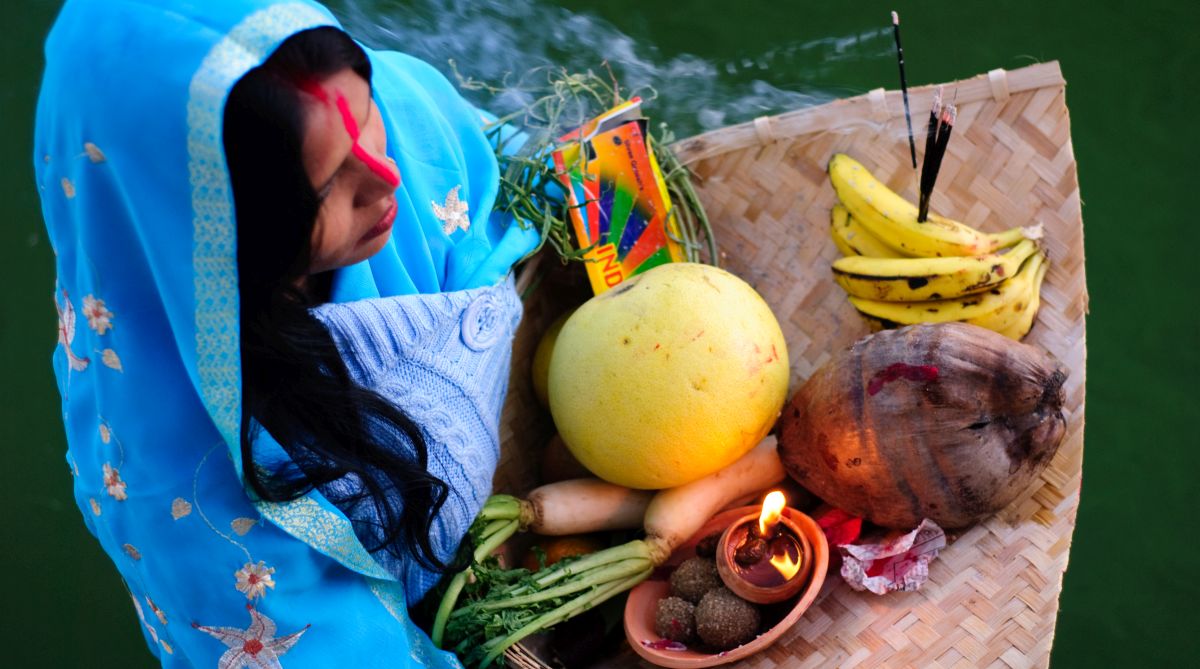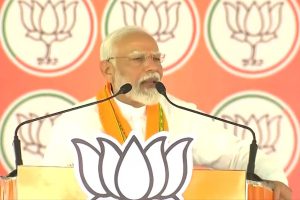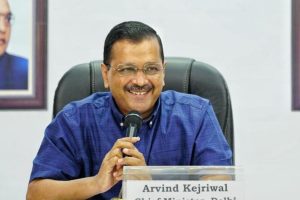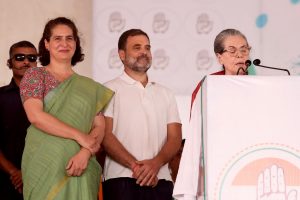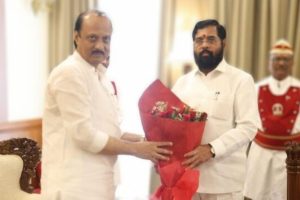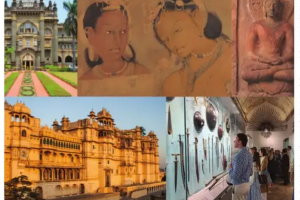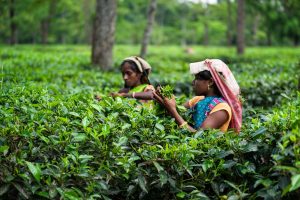Chhath Puja 2018: The celebration of Diwali may be over, but the festive season is still on. In North India, people are all set to observe another major annual festival, the Chhath Puja in the coming week. Beginning tomorrow, ie 11 November, the four-day Chhath Puja is dedicated to the Sun God, who is worshipped as the source of all power.
The main puja of Chhath takes place on the sixth day of the Hindu lunar month of Kartik, which usually coincides with October or November in the Gregorian calendar. Chhath Puja is the grandest festival in the states of Bihar, Uttar Pradesh, Jharkhand in India and parts of Nepal, and is celebrated with utmost joy and passion.
Chhath Puja 2018 dates
11 November, Sunday: Nahay-Khay
12 November, Monday: Lohanda and Kharna
13 November, Tuesday: Sandhya Argh
14 November, Wednesday: Usha Argh and Paaran
Chhath Puja history
It is believed to be the only Vedic festival that is dedicated to the worship of Sun God, and his wife Chhathi Maiya. The history of Chhath Puja can be dated back to the Vedic age, as Vedic text like Rigveda has hymns and lores depicting similar rituals.
This puja also dates back to the time of Mahabharat, and according to popular beliefs Suryaputra (son of the Sun) Karna was the first to start this puja. It is said Karna observed Chhath Puja or Surya Shashti with sheer devotion and gained supreme powers after performing the rituals.
Another legend is associated with Draupadi, which suggests Saint Saumya advised her to worship Surya and observe the rituals of the Chhath Puja for abundance and prosperity. That is how Draupadi apparently managed to feed 88,000 hermits who visited her hut when the Pandavas were on exile, and later helped them regain their lost territory.
Chhath Puja customs
The Sun God and his wife Usha are worshipped for a period of four days in order to promote well being, development and the prosperity of human beings. The devotees who observe the fast during this festival are called Vrati. The rituals of this festival are rigourous which include fasting and abstaining from drinking water, offering prayers to setting and rising sun, popularly known as Arghya and offering prasad. The prasad prepared for this auspicious occasion includes thekua, kheer and fruits (mainly banana, sugarcane and lime) and they are prepared with due precision and cleanliness.
Emphasis is laid on maintaining the purity of the food. The vegetables and cereals are cooked only with rock salt. Use of onion, garlic and common salt is prohibited, people abstain from consuming non-vegetarian food and liquor during these four days.
The festival of Chhath Puja breaks the stereotype of idol worshipping, otherwise common to all Hindu festivals. The puja is dedicated to the Sun god and his wife Usha. Sun is believed to be the ultimate source of life in Hindu custom and people seek the Sun’s blessing by offering prayers. People fast and take dips in the holy waters of Ganga, Kosi and Karnali.
Women observing this festival pray for the well being of their family and for the prosperity of their offsprings. However, it is not a gender specific festival as men too participate in the revered practices.
READ | Chhath Puja special recipe: Thekua
Chhath Puja rituals
The holy festival spans four days and is considered to be one of the toughest festivals observed by the Hindus. The Vrati are supposed to go without food and water for long durations during these four days.
Day 1: Nahay-Khay (November 11, 2018)
On the first day of the festival, devotees prepare rice, chane ki daal, lauki (bottle gourd) ki sabzi among other food items, and consume them only after taking a bath.
Day 2: Lohanda and Kharna (November 12, 2018)
On the day of Kharna, devotees observe a fast till evening. On this day, a jaggery-laden kheer and puris are cooked. Prayers are offered after which the Vrati consume the prasad and break their fast.
Day 3: Pehla Arghya (November 13, 2018)
Pehla Arghya is an important part of the four-day celebration. The third day is considered the toughest of all the days. Devotees observe a day long fast completely abstaining from food and water. In the evening, they go to a water body, take a dip and worship the setting Sun. People sing folk songs dedicated to Chhathi Maiya as the devotees take dips in water.
Day 4: Usha Arghya (November 14, 2018)
The Vrati wake up before sunrise and head to the same water body, this time to worship the rising Sun. The ritual is also known as Paaran. After offering the prayers, the devotees break their 36-hour fast.
According to believers, if a family starts observing Chhath Puja, it becomes compulsory to carry on the tradition every year, and pass it on to the next generations.
Here’s wishing everyone a happy Chhath Puja 2108. Tune in to your favourite Chhath geet and enjoy the festive fervour.

